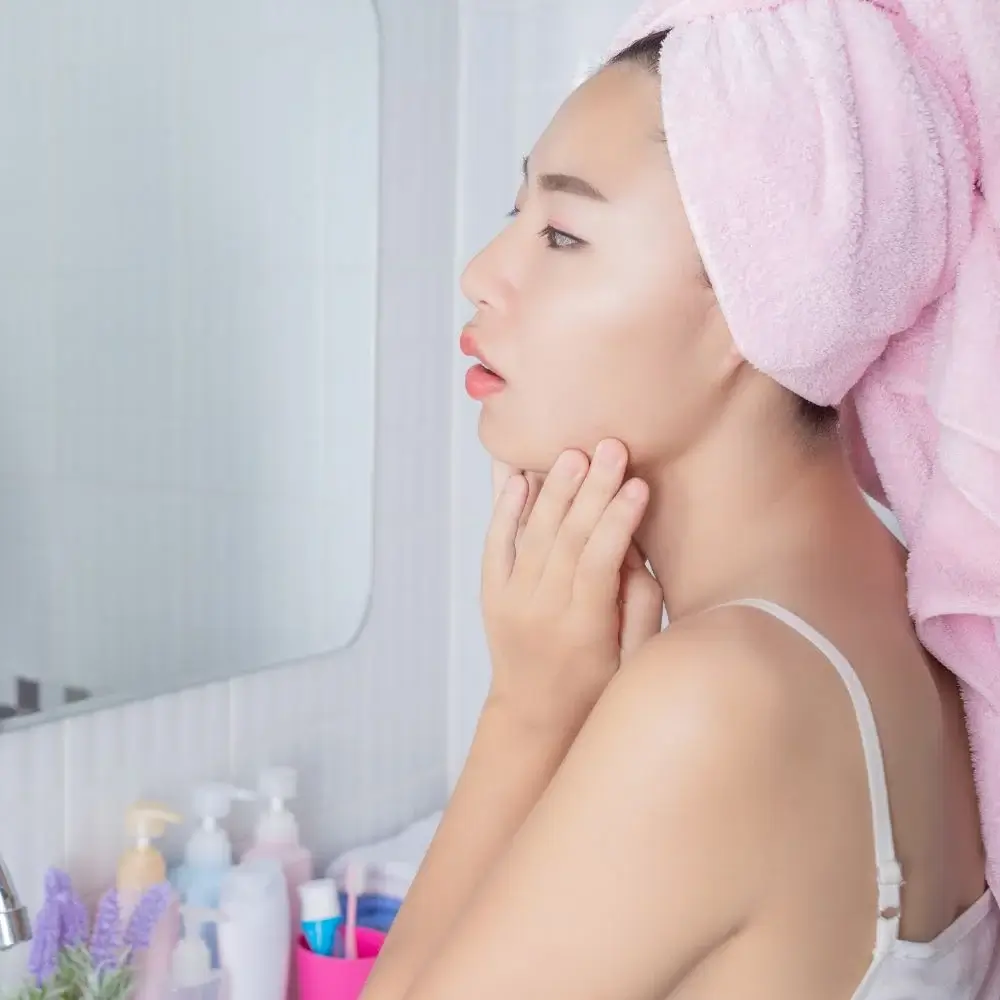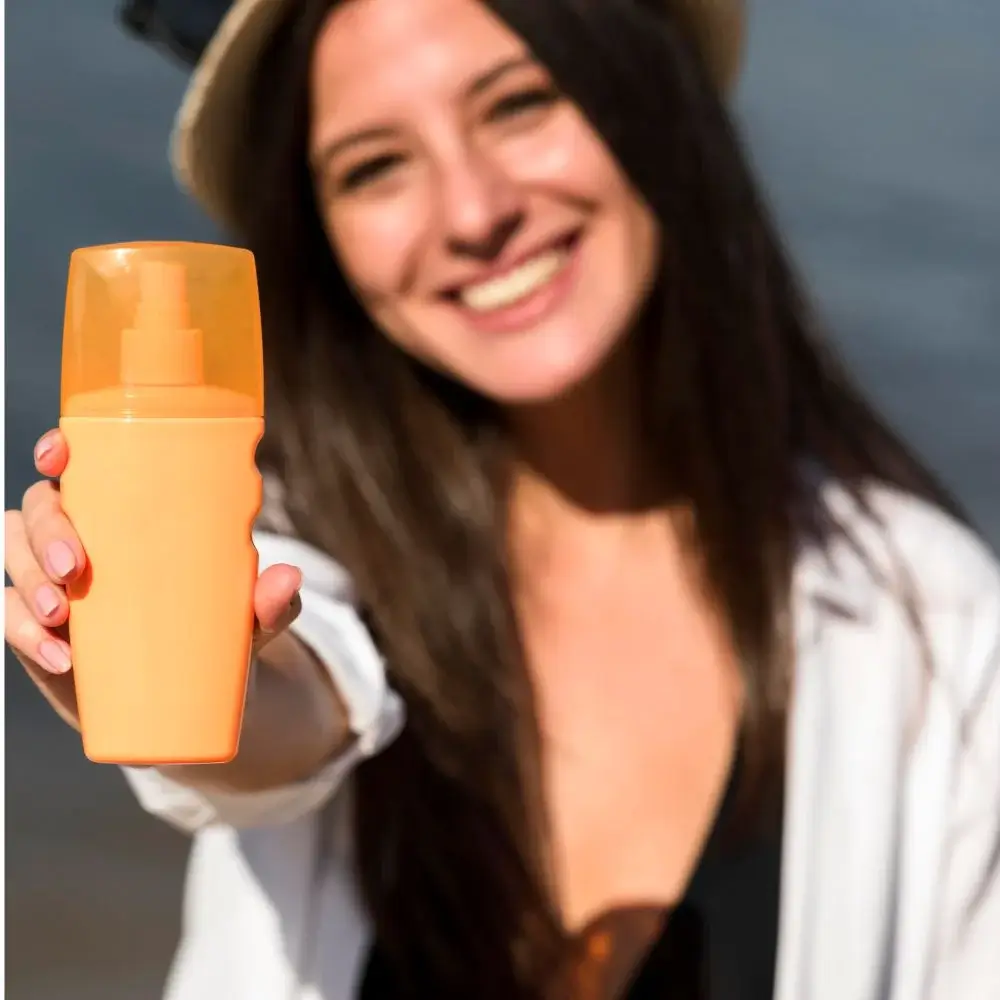If you're a fan of Japanese beauty products, you know they are some of the most influential and gentle skincare products on the market. Japanese face washes are top-rated because they cleanse your skin thoroughly without leaving it feeling dry or tight. However, knowing the proper way to store these products is essential to ensure they remain effective and long-lasting. In this blog post, we'll explore tips on storing your Japanese face wash and getting the most out of your favorite products.
Keep Your Face Wash In a Cool, Dry Place
When storing your Japanese face wash, keeping it away from any heat or moisture is essential. Exposure to heat and humidity can break down the ingredients in your face wash, making it less effective. Instead, store your face wash in a cool, dry place like a bathroom cabinet or dresser drawer. Ensure your storage area is not exposed to direct sunlight, which can also damage your face wash.
Avoid Contamination
To maintain the effectiveness of your Japanese face wash, it's essential to keep it clean and free from bacteria. Always wash your hands before using your face wash to avoid transferring bacteria onto the product. Besides, scoop out the product with a clean and dry spatula, not your fingers. This will prevent the introduction of bacteria into the container.
Keep the Container Closed
After each use, make sure you tightly close the lid of your Japanese face wash container. This will prevent air from entering and oxidizing the ingredients, which can decrease effectiveness and potency. Keeping the container closed will also reduce the risk of contamination and prevent the face wash from drying out.
Don't Decant Your Face Wash
While transferring your Japanese face wash to a smaller, more easily portable container may be tempting, this is only sometimes a good idea. Decanting your face wash can expose it to air, leading to oxidation and making it less effective over time. Transferring the product to another container can introduce bacteria and compromise its cleanliness.
Check the Expiration Date
Just like any other skincare product, Japanese face washes have an expiration date. It's essential to check the date on the container and ensure you're using the product within the recommended timeframe. Using expired face wash can lead to skin irritation or other negative effects, so it's best to play it safe and replace your product when necessary.
Proper care when storing your Japanese face wash can help ensure maximum effectiveness and longevity. You can get the most out of your favorite skincare product by keeping it in a cool, dry place and avoiding contamination. Remember to use a spatula instead of your fingers, keep the container closed, and check the expiration date regularly. With these tips, you can enjoy clean, glowing skin for years.
Looking for the best Japanese face wash can feel like finding a needle in a haystack. With so many options available, it can be overwhelming to determine which one is right for you. But fear not, because we have researched for you! After carefully sifting through countless options, we have found the best Japanese face wash on the market. This product will leave your skin feeling clean, refreshed, and glowing. With gentle yet effective ingredients, you can say goodbye to dull and tired-looking skin. So don't hesitate to click the link and discover your next favorite Japanese face wash today!
What are the best Japanese face wash options for anti-aging benefits?
Top Japanese face wash choices renowned for their anti-aging advantages include Hada Labo Tokyo Age Correcting Cleanser, Shiseido Benefiance Extra Creamy Cleansing Foam, and DHC Deep Cleansing Oil. These products often incorporate hyaluronic acid, collagen, and antioxidants to promote skin rejuvenation, enhance elasticity, and combat wrinkles. The Hada Labo cleanser offers gentle exfoliation, while Shiseido's formula focuses on moisture retention. DHC's oil-based cleanser effectively removes impurities. Selecting a face wash that aligns with your skin type and concerns for optimal anti-aging results is essential. Always conduct a patch review and consult a dermatologist before incorporating new products into your routine.

What should I consider when choosing a Japanese face wash for dry skin?
Several factors are crucial when selecting a Japanese face wash for dry skin. Opt for a gentle, hydrating formula with hyaluronic acid, glycerin, and ceramides to replenish moisture. Avoid harsh cleansers containing sulfates or alcohol, as they can exacerbate dryness. Look for products labeled as "moisturizing," "nourishing," or "hydrating." pH-balanced options help maintain the skin's natural barrier. Creamy or oil-based cleansers can provide added hydration. Patch-review new products to ensure they don't irritate. Popular choices include Hada Labo Gokujyun Hyaluronic Acid Cleansing Foam and Curel Intensive Moisture Care Foaming Wash. Consulting a dermatologist can offer personalized guidance for dry skin concerns.

What are micellar waters, and how do they compare to Japanese face washes?
Micellar waters are gentle cleansing solutions containing micelles—tiny oil molecules suspended in water. They effectively remove makeup, dirt, and impurities without rinsing.
On the other hand, Japanese face washes come in various forms—foams, creams, oils—and are designed to cleanse the skin more comprehensively. They often incorporate specific ingredients tailored to skin concerns, such as hydration or anti-aging benefits.

How long should I massage my face with a Japanese cleanser for optimal results?
Massaging your face for about 1 to 2 minutes is typically sufficient for optimal results when using a Japanese cleanser. This time frame allows the cleanser to effectively break down dirt, makeup, and impurities while promoting better circulation and relaxation. Gentle circular motions with your fingertips are recommended to avoid overstimulating the skin. However, the duration can vary based on the cleanser's instructions and your skin's sensitivity. Always consider your skin type and any specific recommendations provided by the product. Over-cleansing or excessive massaging can lead to irritation, so finding a balance that suits your skin's needs is essential.

How does the pH level of a Japanese face wash impact the skin's natural barrier?
The pH level of a Japanese face wash significantly influences the skin's natural barrier. The skin's optimal pH is around 4.5 to 5.5, slightly acidic. Japanese face washes formulated with a similar pH help maintain this balance, preserving the skin's protective acid mantle. Using a cleanser with a matching pH prevents disrupting the barrier, which can lead to dryness, sensitivity, and a weakened defense against environmental stressors. Harsh, alkaline cleansers can strip away natural oils, compromising the barrier's integrity. Opting for a Japanese face wash with a balanced pH is crucial to promote healthy skin by preserving moisture, warding off irritation, and supporting its protective functions.
Should I immediately follow up with a moisturizer after using a Japanese face cleanser?
Yes, applying a moisturizer after using a Japanese face cleanser is recommended. Cleansing can strip the skin of natural oils and disrupt its moisture balance. Following up with a moisturizer helps replenish hydration, maintain the skin's barrier function, and prevent dryness. Japanese cleansers often emphasize gentle cleansing without over-stripping, but adding a moisturizer enhances the skincare routine. Choose a moisturizer that suits your skin type and concerns, whether lightweight for daytime or richer for nighttime.







